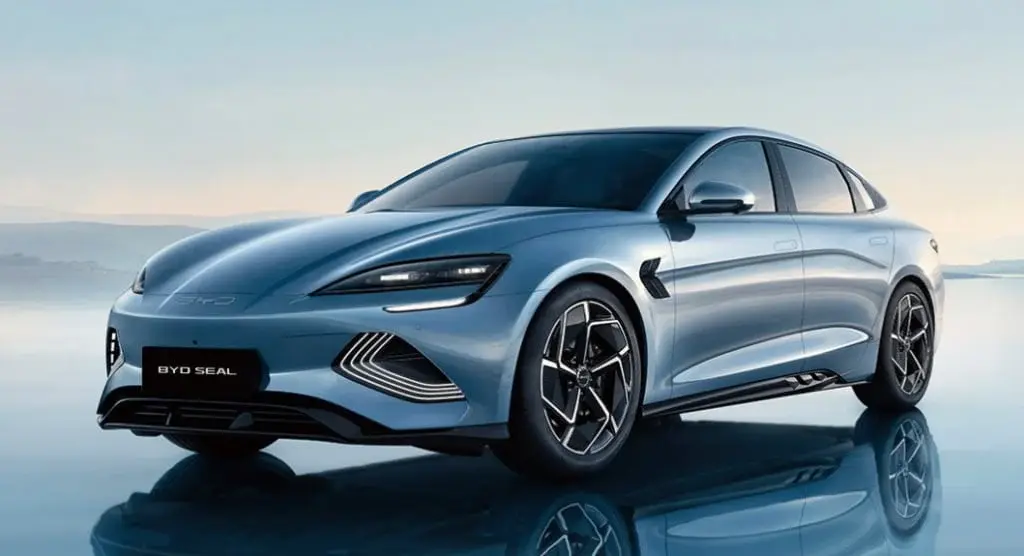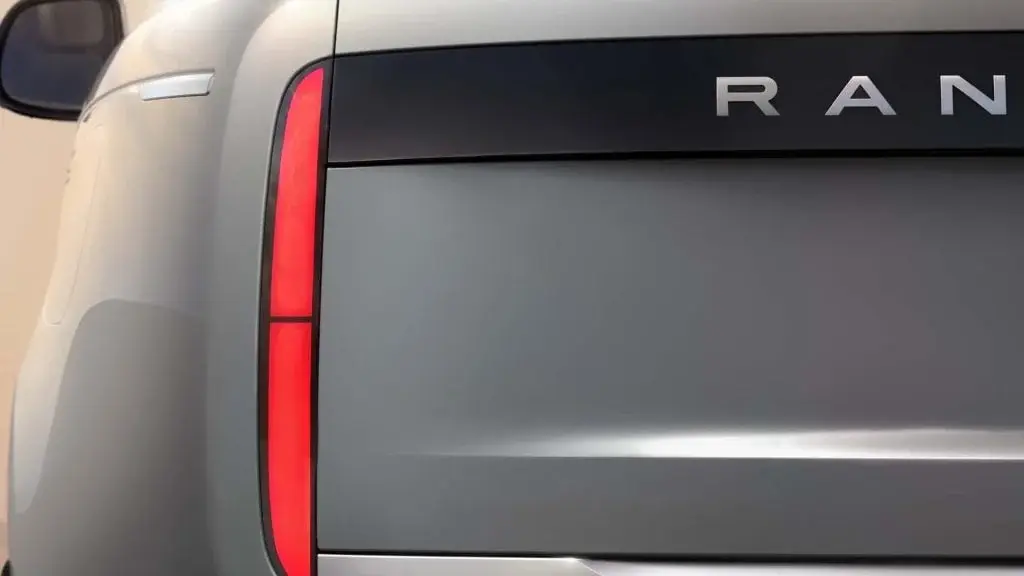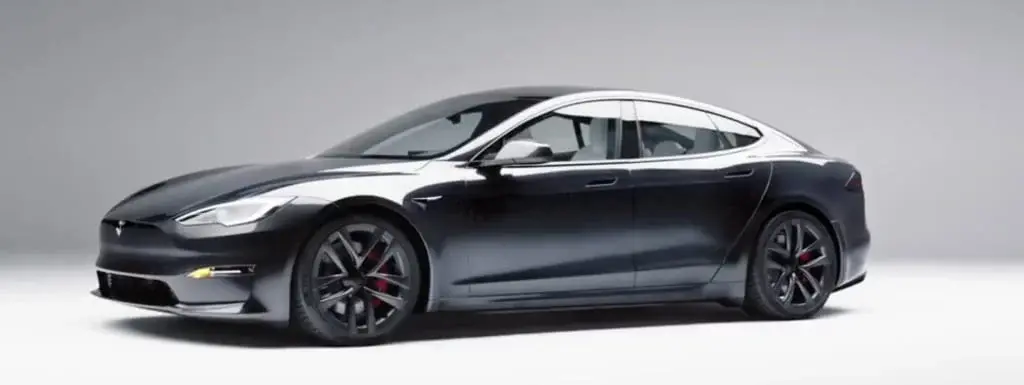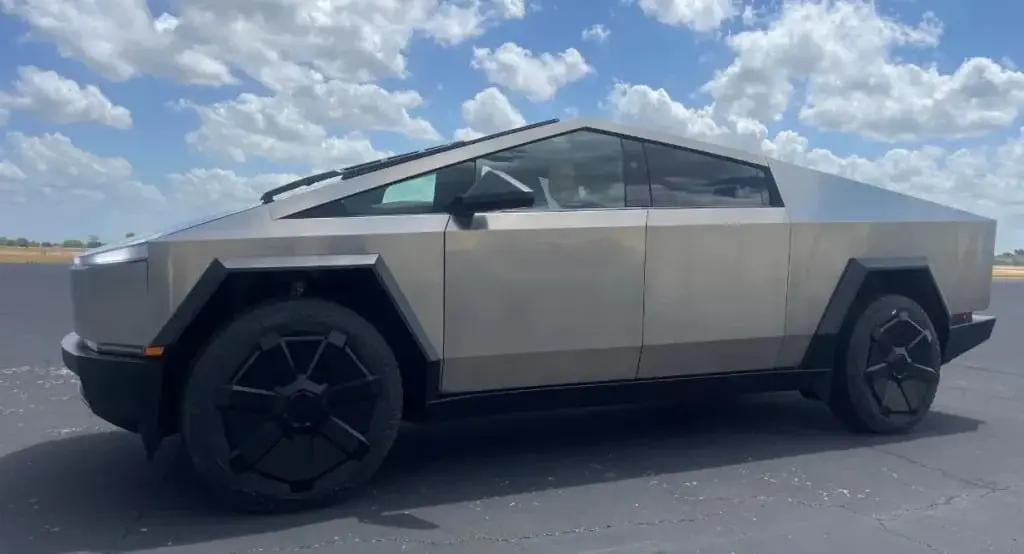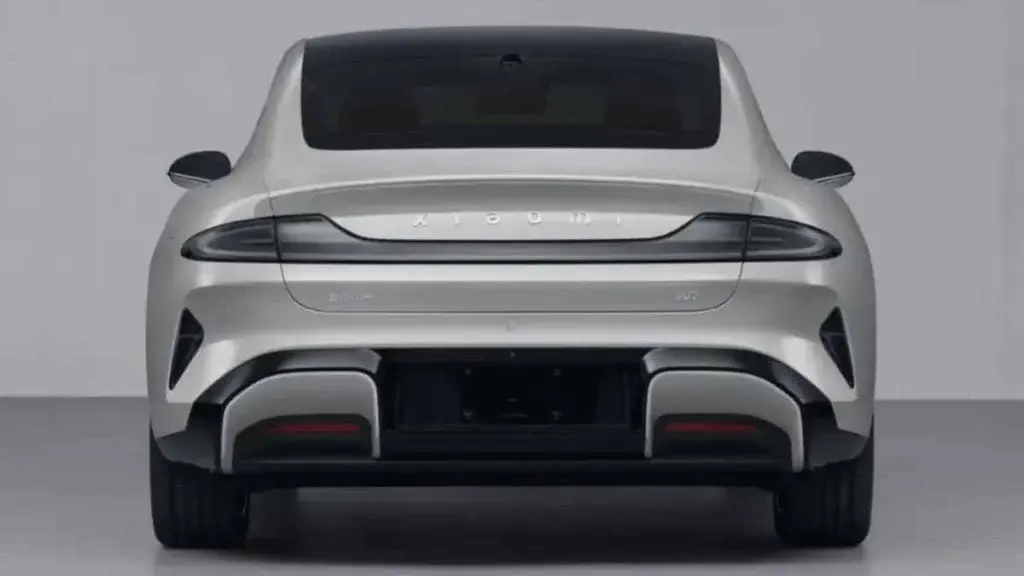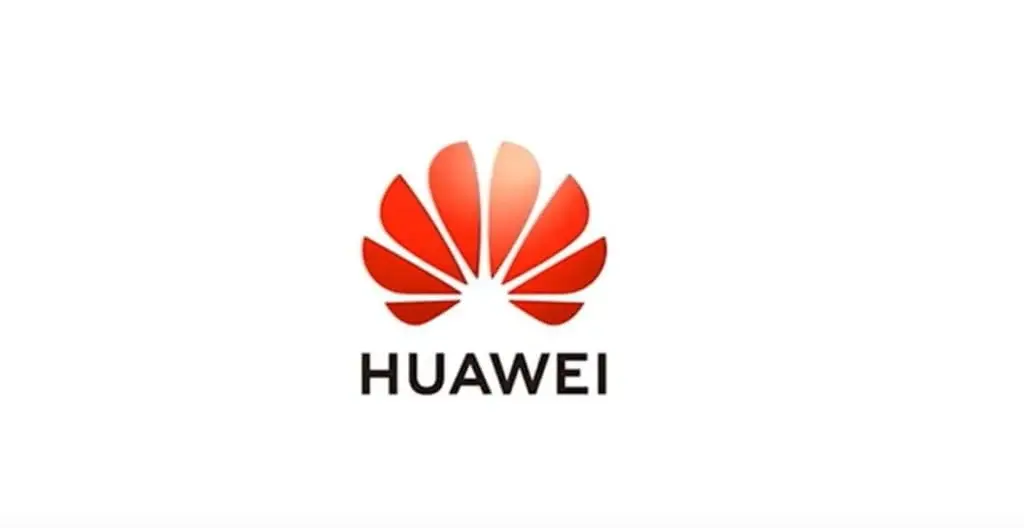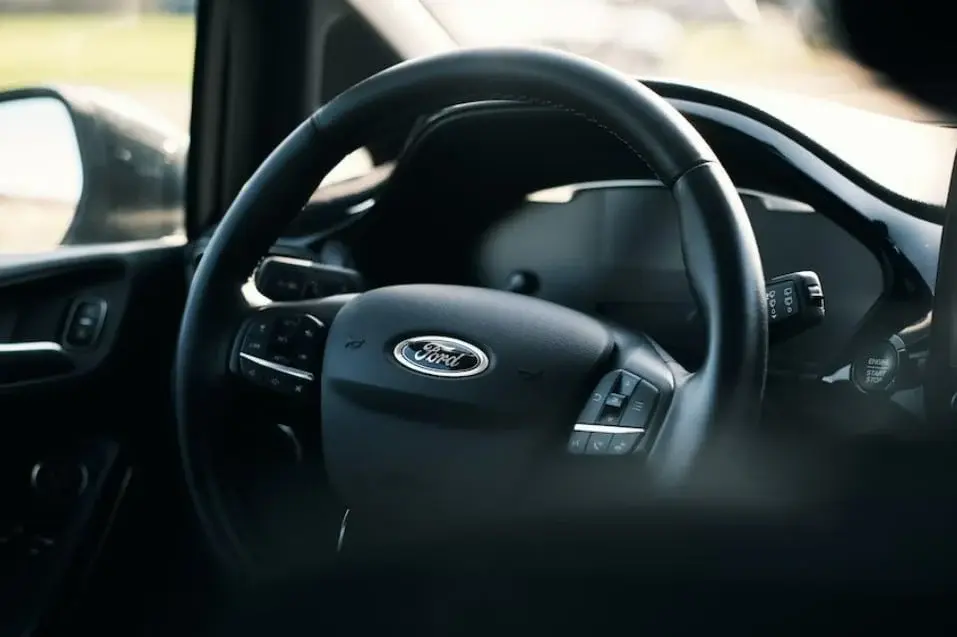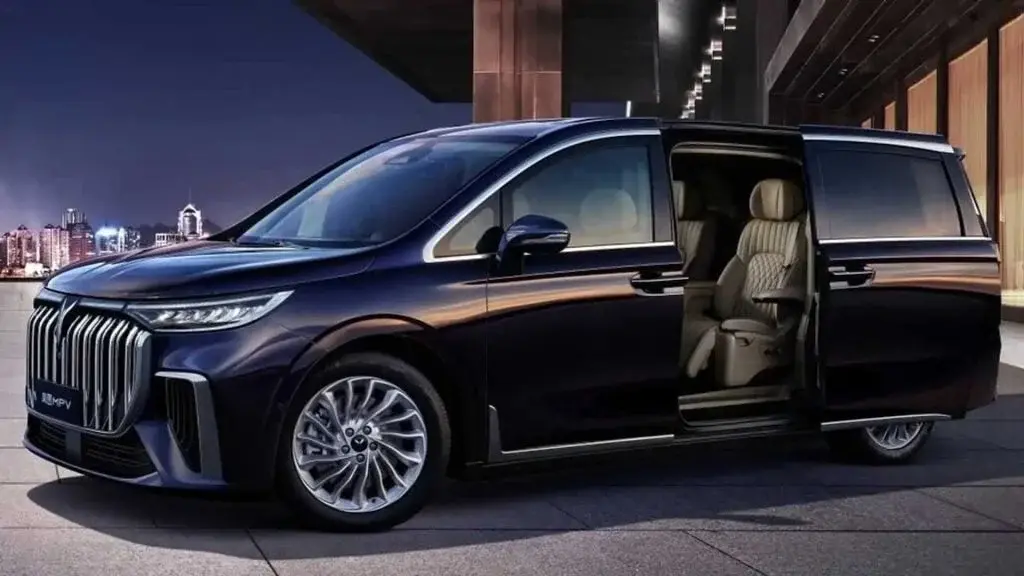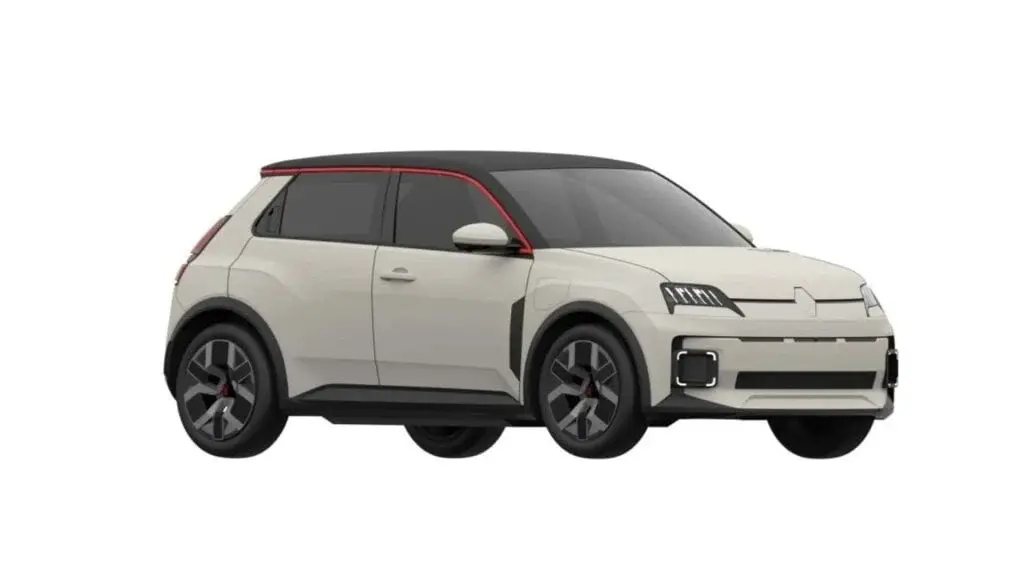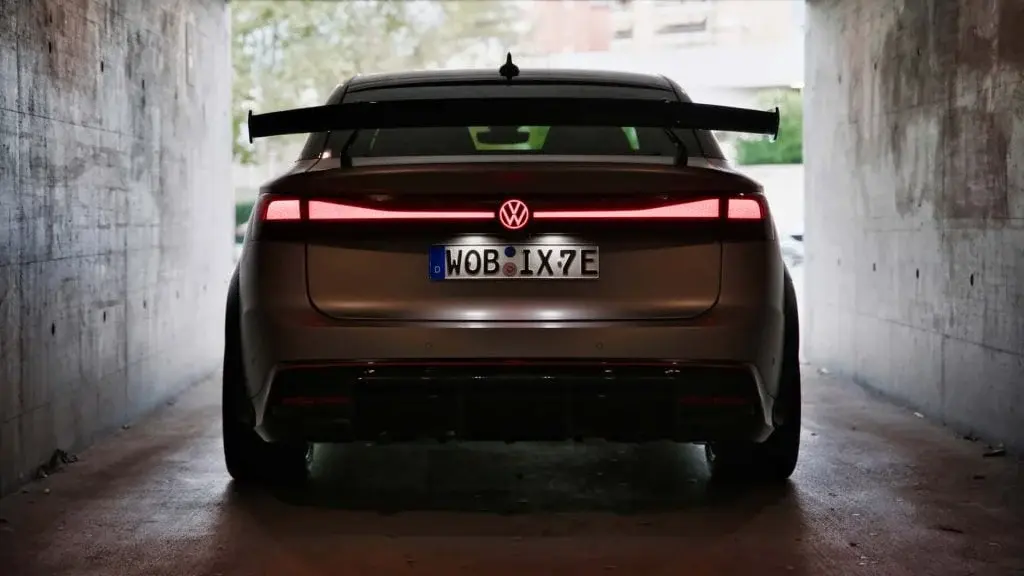BYD, the Chinese electric vehicle (EV) company, has introduced its latest electric sedan, the 2024 BYD Seal, in the growing Mexican market. This marks BYD’s second entry into Mexico’s EV industry, following the successful launch of the BYD Dolphin in September.
Innovative Technology and Performance Enhancements
The BYD Seal is built on the e-platform 3.0, which incorporates cutting-edge technology. One of its standout features is the Cell-to-Body (CTB) integration, which seamlessly integrates the battery into the chassis. This integration enhances the overall performance and handling of the vehicle.
Two Versions to Cater to Diverse Consumer Preferences
BYD has introduced two versions of the Seal in Mexico to cater to different consumer preferences. The entry-level variant is a single-motor Rear-Wheel Drive (RWD) model, equipped with a powerful 150 kW rear motor. It boasts an impressive acceleration of 0-100 km/h in 7.5 seconds and a range of 460 km based on WLTP standards. On the other hand, the dual-motor All-Wheel Drive (AWD) variant is a powerhouse with 523 horsepower. It accelerates from 0-100 km/h in just 3.8 seconds and features an 82.56 kWh LFP Blade battery, providing an extended range of 520 km.
Competitive Pricing Strategy
BYD’s pricing strategy positions the Seal as a compelling alternative to competitors like Tesla. The RWD version is priced at 778,800 pesos, while the AWD variant is priced at 888,800 pesos. With these competitive prices, BYD aims to offer an attractive package for Mexican consumers.
Strategic Move to Tap into the Mexican Market
BYD’s entry into Mexico’s EV market comes at a strategic time. It aligns with the increasing importance of the Mexican market for Chinese EV manufacturers, especially with Tesla’s plans for a Giga Mexico plant. BYD’s presence in Mexico reinforces China’s commitment to establishing a foothold in the region, potentially serving as a gateway for Chinese EVs into the U.S. market.
Long-Term Growth and Local Market Penetration
BYD is considering the establishment of a manufacturing plant in Mexico, highlighting the company’s dedication to long-term growth and local market penetration. With a diverse portfolio that includes the Han sedan, Tang SUV, Yuan Plus mid-size SUV, Dolphin Hatchback, and now the Seal, BYD continues to solidify its position as a key player in the global EV landscape.

